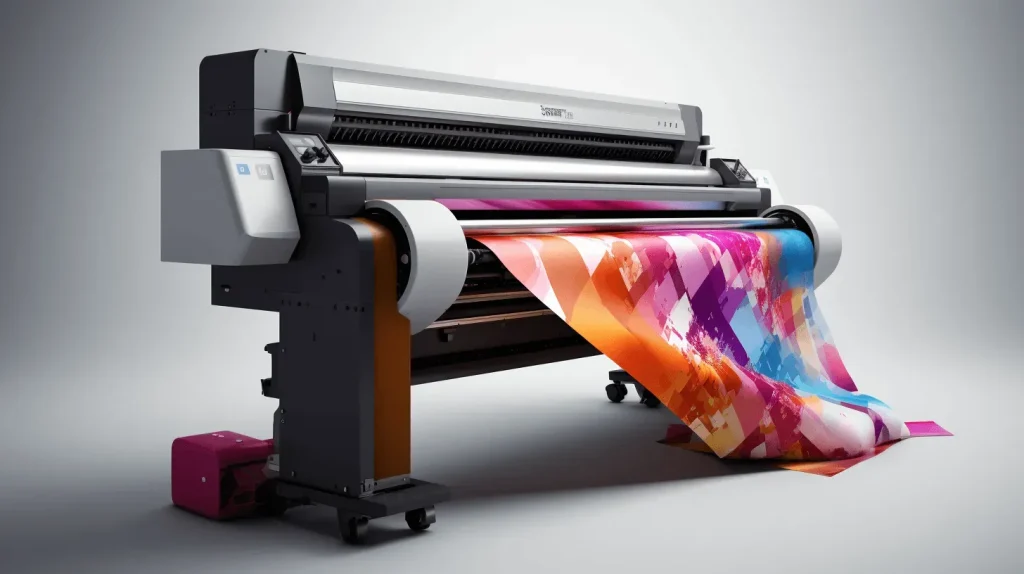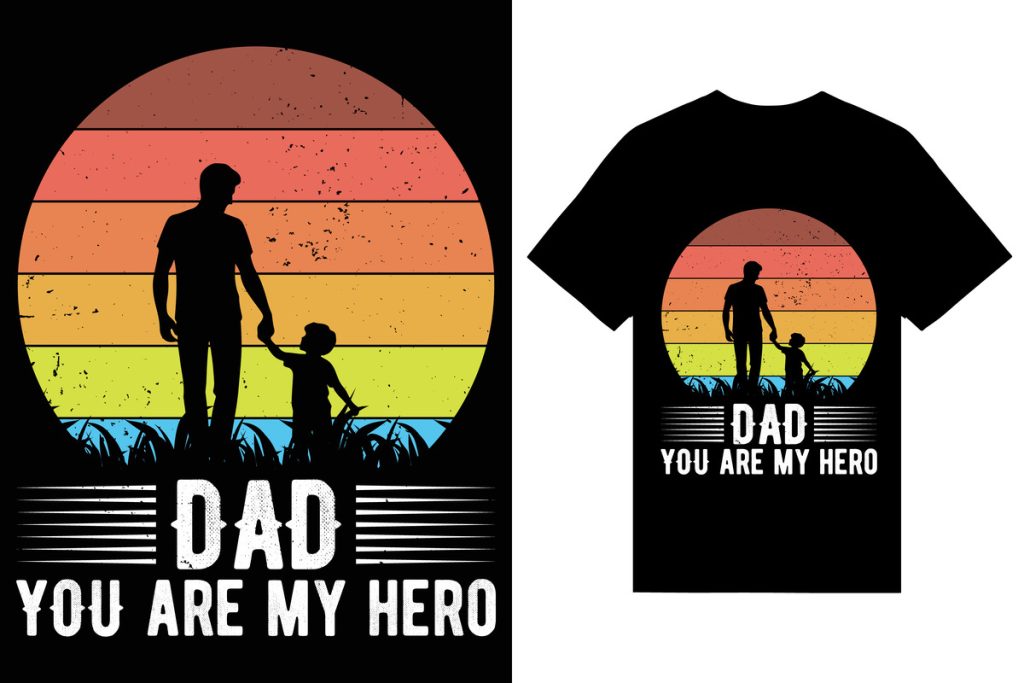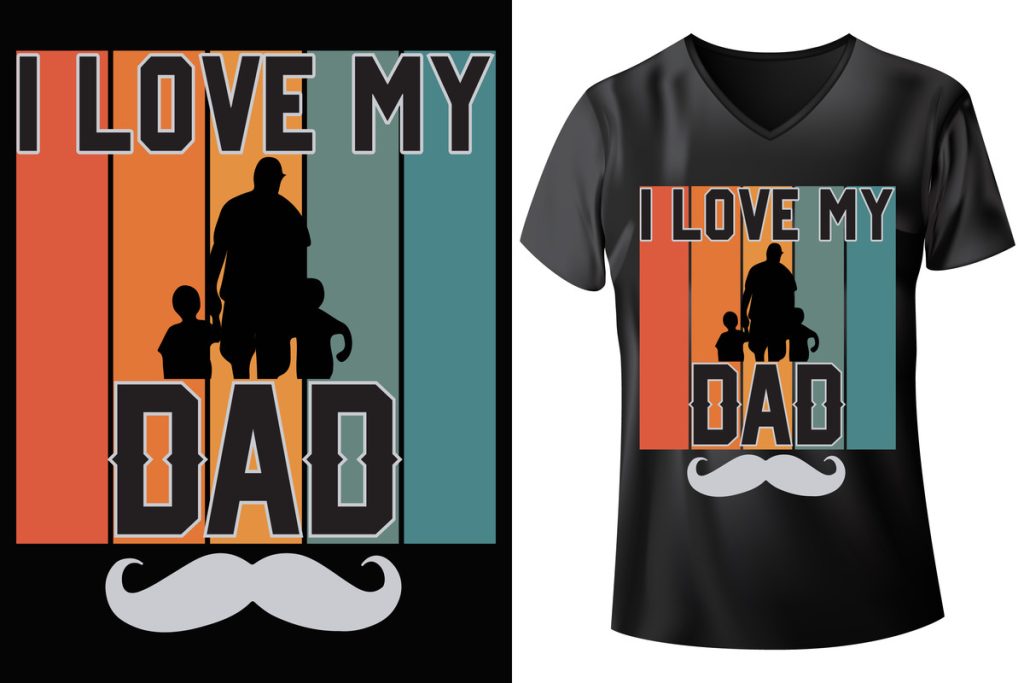**DTF printing**, which stands for Direct to Film printing, is revolutionizing the apparel industry by providing a vibrant and versatile method for transferring designs onto textiles. This innovative printing technique streamlines the process, allowing designers and manufacturers to create intricate graphics that not only pop with color but also endure repeated washes without fading. Compared to traditional T-shirt printing techniques, DTF printing offers significant benefits, such as compatibility with various fabric types and the elimination of costly screen setups. In this article, we will explore the best practices for DTF printing, from choosing the right materials to mastering essential design tips that ensure stunning results. Whether you’re a seasoned professional or a budding designer, understanding DTF can elevate your printing game to new heights.
Also known as Direct to Film technology, the world of DTF printing encompasses a range of sophisticated methods for applying visually striking designs to textiles. This advanced printing process has gained popularity among apparel manufacturers due to its ability to achieve high-quality, detailed prints that cater to the diverse fabric landscape. By facilitating a seamless transfer of vibrant artwork, this technique is reshaping the landscape of garment decoration. Furthermore, alternative terms and methods under the umbrella of direct printing are being explored, which provide even more exciting avenues for custom apparel production. In this discussion, we’ll delve into the intricacies of DTF and uncover the essential techniques and insights that can transform how you approach garment printing.
The Advantages of DTF Printing Over Traditional Methods
DTF printing offers a multitude of advantages that set it apart from traditional methods like screen printing. One of the most notable benefits is the ability to print intricate designs without the need for multiple screens or setup processes. This significantly reduces production time and costs for small runs or custom apparel, which is a boon for businesses catering to unique customer requests. Additionally, DTF printing is versatile enough to work on various fabrics, including cotton, polyester, and blends, making it an ideal choice for diverse clothing lines.
Another key advantage of DTF printing is its vibrant color output and fine detail capability. The inks used in DTF processes are formulated to deliver bright, long-lasting colors that maintain their vibrancy even after numerous washes. This durability ensures customer satisfaction as the prints remain intact for an extended period. Furthermore, DTF’s ability to print both light and dark fabrics with equal effectiveness opens up a world of creative possibilities for designers looking to expand their range.
Best Practices for DTF Printing Success
Implementing best practices in DTF printing is crucial for achieving top-notch results consistently. One such practice is ensuring the accurate pre-treatment of fabrics before printing. This preparation solidifies ink adhesion, which is essential for producing vibrant and durable prints. Whether using a manual spray method or an automatic pre-treatment machine, the goal is to create an optimal surface for the ink to bond effectively. Taking the time to pre-treat fabrics properly can make a significant difference in final print quality.
Another best practice is focusing on the selection of high-quality transfer films. Not all films are created equal, and choosing the right one can greatly affect the overall quality of your prints. Compatible films designed for DTF printing are specifically engineered to provide a better finish and strong bond to fabrics. Additionally, maintaining optimal printer settings—such as resolution, ink density, and color calibration—will ensure your designs look their best on the final product.
Essential DTF Design Tips for Custom Apparel
Creating eye-catching designs for DTF printing requires a thoughtful approach to the design process. Always consider the capabilities of DTF technology when designing, as intricate details and a wide color gamut can be fully utilized to bring your ideas to life. For instance, using vector graphics can greatly enhance the resolution and clarity of your designs, making them perfect for printing. It’s also beneficial to experiment with color palettes that are known to print well, ensuring the final outcome matches your original vision.
Another vital design tip is to account for the fabric when creating your artwork. Different fabrics react differently to various inks, and some may require color adjustments for optimal results. Familiarize yourself with the types of fabrics you will be printing on, and adjust your designs accordingly. Lighter colors may pop more on a white fabric, while darker colors might need tweaking to ensure visibility on black surfaces. Taking these factors into account will help you create designs that look great and are functional for the intended apparel.
Current Trends Shaping the DTF Printing Industry
The DTF printing industry is not stagnant; it is constantly evolving with new trends and innovations that shape the way businesses operate. One of the most significant trends is the increase in demand for eco-friendly inks. As sustainability becomes a priority for consumers and companies alike, manufacturers are responding by developing inks that are not only high-quality but also environmentally responsible. These inks maintain the vibrancy and durability expected from conventional inks while minimizing their ecological impact.
In addition to eco-friendly inks, advancements in ink formulations are also transforming the industry. Continuous improvements have been made to enhance brightness, durability, and wash resistance, enabling printers to produce high-quality prints that withstand the test of time. Moreover, the integration of digital pre-press systems has revolutionized production workflows, allowing for faster design adjustments and seamless transitions from concept to print. Staying aware of these trends can help businesses remain competitive and meet the ever-changing demands of the market.
Common Challenges and Solutions in DTF Printing
Despite its many benefits, DTF printing comes with its own set of challenges. One common issue is ensuring proper adherence of ink to the transfer film, which can result in poor quality prints if not done correctly. To overcome this, it’s crucial to use the right printer settings and ensure the film is suitable for the type of ink being utilized. Additionally, pre-treatment of fabrics should not be overlooked, as it plays a pivotal role in ink adhesion and overall print quality.
Another challenge lies in mastering heat press techniques, as improper application can lead to incomplete transfers or damage to the fabric. To mitigate this, it’s recommended to conduct trial runs with different temperature and pressure settings to identify the optimal conditions for each material type. Keeping a record of these settings can assist in streamlining future production processes, ultimately enhancing both efficiency and print quality in your DTF printing operations.
Future Innovations in DTF Technology and Techniques
Looking ahead, the future of DTF printing is poised for exciting innovations. As technology continues to advance, we can expect to see even more sophisticated printers with enhanced capabilities for color mixing and output precision. This will allow for an increased range of design possibilities, elevating the quality of printed textiles and catering to growing customer expectations for customization.
Furthermore, ongoing research into new materials and eco-conscious practices indicates a promising shift in the industry. As sustainability becomes a priority, innovations such as biodegradable transfer films and recyclable production processes will likely emerge. Businesses that adapt to these new technologies not only stand to benefit from increased market relevance but also contribute positively to the environment, making them appealing choices for ethically conscious consumers.
Frequently Asked Questions
What is DTF printing and how does it work?
DTF printing, or Direct to Film printing, is a technique that involves printing designs onto a special film using inkjet technology. The film is then heat pressed onto fabric, allowing for vibrant colors and intricate details. This method is increasingly popular in t-shirt printing due to its versatility and high-quality results.
What are the benefits of using DTF printing for custom apparel?
DTF printing offers numerous benefits for custom apparel, including vibrant colors, the ability to print on various fabric types, and less setup time compared to traditional methods like screen printing. Additionally, DTF prints are durable and can withstand multiple washes, making it ideal for t-shirt printing.
What are the best practices for DTF printing?
Best practices for DTF printing include pre-treating fabrics to enhance ink adhesion, selecting high-quality transfer films, optimizing printer settings for your specific design, mastering heat press techniques, and ensuring proper post-processing to enhance print longevity and quality.
How can I improve the quality of my DTF prints?
To improve the quality of your DTF prints, focus on key areas such as fabric pre-treatment, using high-quality films, adjusting printer settings for optimal results, mastering heat application, and applying proper post-processing techniques. Each of these steps is essential for achieving high-quality output in t-shirt printing.
What types of fabrics can DTF printing be used on?
DTF printing is versatile and can be used on a variety of fabrics, including cotton, polyester, and blends. The adaptability of DTF allows for high-quality prints on different textiles, making it a preferred choice for custom t-shirt printing across various fabric types.
What design tips should I consider for DTF printing?
When creating designs for DTF printing, ensure that images are of high resolution, use vibrant colors, and consider color profiles that enhance ink adhesion. It’s also beneficial to simplify intricate designs for better transfer quality while ensuring the artwork is suited for the target fabric.
| Key Points | Details |
|---|---|
| DTF Printing Definition | DTF printing (Direct to Film printing) is a technique for printing designs on textiles, allowing high-quality and durable prints. |
| Benefits | Achieves vibrant colors and detailed artwork on various fabrics without expensive setups, making it ideal for custom apparel. |
| Key Techniques | 1. Pre-Treat Fabrics – Enhance adhesion by ensuring fabrics are clean and dry. 2. Select Quality Films – Use high-quality transfer films for better durability. 3. Optimal Printer Settings – Adjust settings for resolution, ink density, and color profiles. 4. Master Heat Pressing – Apply heat correctly for effective adhesion. 5. Post-Processing – Allow prints to cure properly to increase longevity. |
| Current Trends | – Eco-Friendly Inks for sustainable practices. – Enhanced ink quality for better brightness and wash resistance. – Digital pre-press systems for streamlined workflows. |
Summary
DTF printing, or Direct to Film printing, represents a transformative technique in the apparel industry, delivering vibrant and detailed designs directly onto various textiles. By mastering the intricacies of DTF printing, including vital practices like pre-treating fabrics, choosing high-quality films, and optimally applying heat, businesses can significantly elevate the aesthetic and functional quality of their t-shirt designs. Additionally, staying on top of current trends and innovations—such as eco-friendly inks and advanced digital systems—ensures that printing operations remain competitive and sustainable in a rapidly evolving market. This commitment to excellence not only enhances product offerings but also boosts customer satisfaction and brand reputation.



